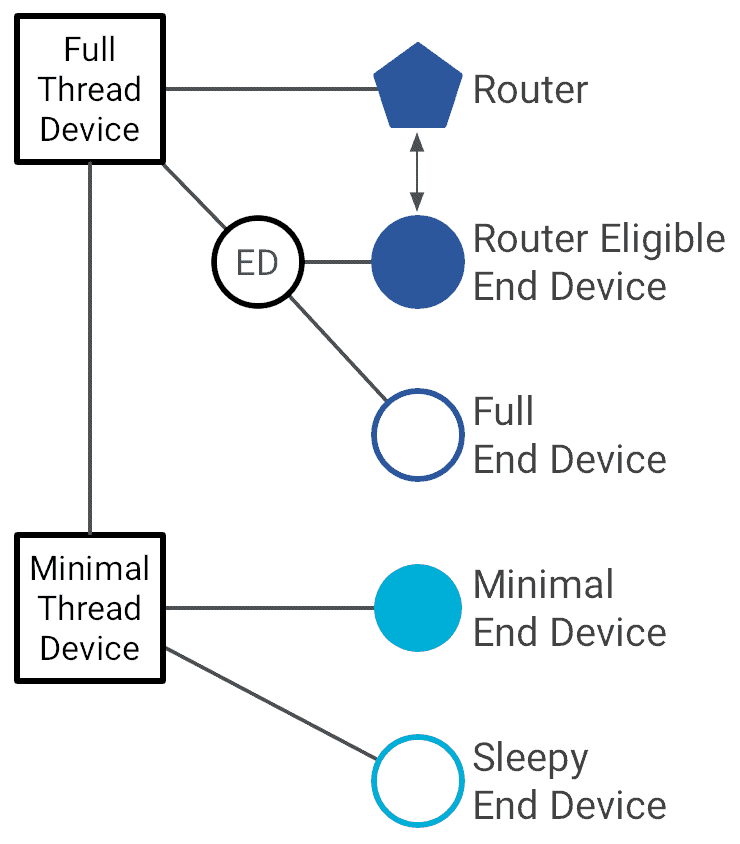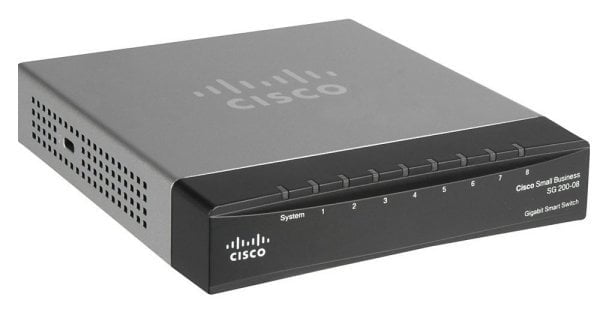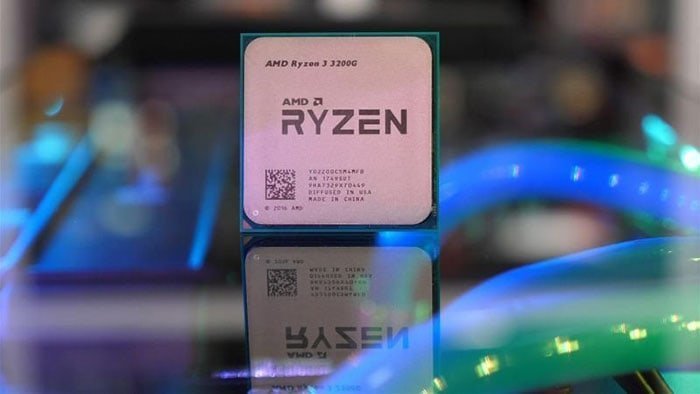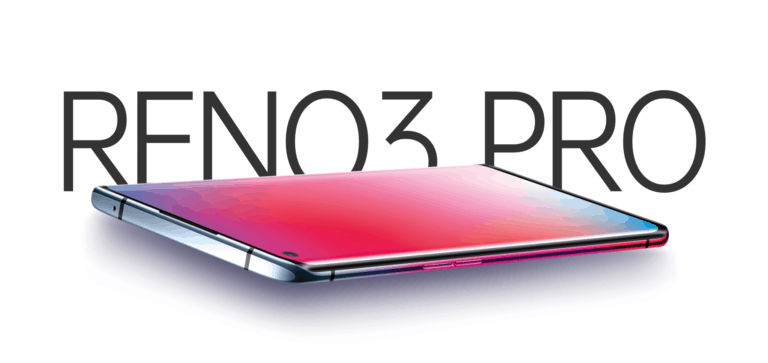Any links to online stores should be assumed to be affiliates. The company or PR agency provides all or most review samples. They have no control over my content, and I provide my honest opinion.
I have previously written quite a bit about Thread, the low-power, wireless mesh networking protocol designed for Internet of Things (IoT) devices. Within the Thread ecosystem, different device roles and types, such as Thread Border Routers (TBRs), Full Thread Devices (FTDs), and Minimal Thread Devices (MTDs), are defined to cater to various use cases and capabilities.
We mainly hear about Thread Border Routers (TBRs), which would then control client devices (Minimal Thread Devices). I was, therefore, confused when is started reading about Full Thread Devices (FTDs), thinking that they were a completely different element in the system.
However, that’s now quite the case. A Thread Border Router is actually a Full Thread Device that’s been promoted to be a Thread Border Router. But, there is also a Full End Device (FED), which can’t be promoted to router. Therefore the terminology can get a little confusing, hence me writing this pst.
Thread Border Router (TBR) vs Full Thread Device (FTDs) vs Minimal Thread Device (MTDs)

1. Full Thread Devices (FTDs):
- Function: FTDs are fully functional devices within the Thread network that can route traffic and participate in network leadership.
- Notes: A Full Thread Device (FTD) can be a Thread Border Router (TBR), but not always. They can be:
- Thread Border Router
- Router Eligible End Device (REED)
- Full End Device
- A Full Thread Device (FTD) always has its radio on, subscribes to the all-routers multicast address, and maintains IPv6 address mapping.
- Full End Device (FED) cannot be promoted to a Router.
- Characteristics:
- Can act as routers or end devices.
- Can route traffic for other devices, making the network mesh more robust.
- Typically have higher power and memory capabilities than MTDs.
- Can assume network leadership roles, including becoming the Leader of the network, which assists in route optimization and network management.
- Can operate on battery, but because of their routing responsibilities, they are often mains-powered.
Routers in the network are simply REEDs that have been promoted to Routers by Thread on an as-needed basis.
An FTD can operate as a Router (Parent) or an End Device (Child).
2. Thread Border Router (TBR):
- Function: A Thread Border Router connects the Thread network to other non-Thread IP-based networks, such as Wi-Fi or Ethernet. It’s essentially the gateway or bridge between the internal Thread network and the external world.
- Characteristics:
- Typically mains-powered.
- Handles IP address translation and routes packets between the Thread network and external networks.
- Can serve as a primary point of connection for remote access to the Thread network.
- Example Devices:
- Apple HomePod Mini & Apple TV 4K (2nd Gen or later)
- Google Nest Hub (2nd gen), Nest Hub Max, Nest WiFi Pro (WiFi 6E)
- Amazon Echo (4th Gen), eero Pro 6E, eero 6+, eero Pro 6, and eero 6, eero PoE 6, eero Pro (Wi-Fi 5), and eero Beacon (Wi-Fi 5)
3. Minimal Thread Devices (MTDs):
- Function: MTDs are simpler devices within the Thread network that connects to the network but do not participate in routing. They rely on FTDs or routers to manage and route their traffic. These will be typically battery-powered sensors and things like that.
- Notes: There are two options for these:
- Minimal End Device
- Sleepy End Device
- A Minimal Thread Device does not subscribe to the all-routers multicast address and forwards all messages to its Parent
- Minimal End Device (MED) — transceiver always on, does not need to poll for messages from its parent
- Characteristics:
- Do not have routing capabilities.
- Ideal for low-power, battery-operated devices like sensors or buttons.
- Rely on FTDs or other routers to connect to the network and communicate with other devices.
- Less memory and computational requirements compared to FTDs.
- Sleepy End devices are those intended for small battery powered operation. These devices will minimize the use of their radio to conserve power and cannot forward message traffic.
Key Differences
- Routing Capabilities: The primary distinction between FTDs and MTDs is routing. FTDs can route traffic, while MTDs cannot. A TBR, on the other hand, not only can route traffic within the Thread network (like an FTD) but also bridges the Thread network to external networks.
- Power and Resource Requirements: MTDs are designed to be minimalistic, ideal for devices with lower power and memory. FTDs, with their routing capabilities, require more resources. TBRs, serving as bridges, are typically more resource-intensive and are mains-powered.
- Network Role: TBRs play a specialized role as the network’s gateway to the outside world. FTDs can play various roles, from routing traffic to potentially becoming the Leader of the network. MTDs play a more passive role, relying on other devices for their network connectivity.
I am James, a UK-based tech enthusiast and the Editor and Owner of Mighty Gadget, which I’ve proudly run since 2007. Passionate about all things technology, my expertise spans from computers and networking to mobile, wearables, and smart home devices.
As a fitness fanatic who loves running and cycling, I also have a keen interest in fitness-related technology, and I take every opportunity to cover this niche on my blog. My diverse interests allow me to bring a unique perspective to tech blogging, merging lifestyle, fitness, and the latest tech trends.
In my academic pursuits, I earned a BSc in Information Systems Design from UCLAN, before advancing my learning with a Master’s Degree in Computing. This advanced study also included Cisco CCNA accreditation, further demonstrating my commitment to understanding and staying ahead of the technology curve.
I’m proud to share that Vuelio has consistently ranked Mighty Gadget as one of the top technology blogs in the UK. With my dedication to technology and drive to share my insights, I aim to continue providing my readers with engaging and informative content.







